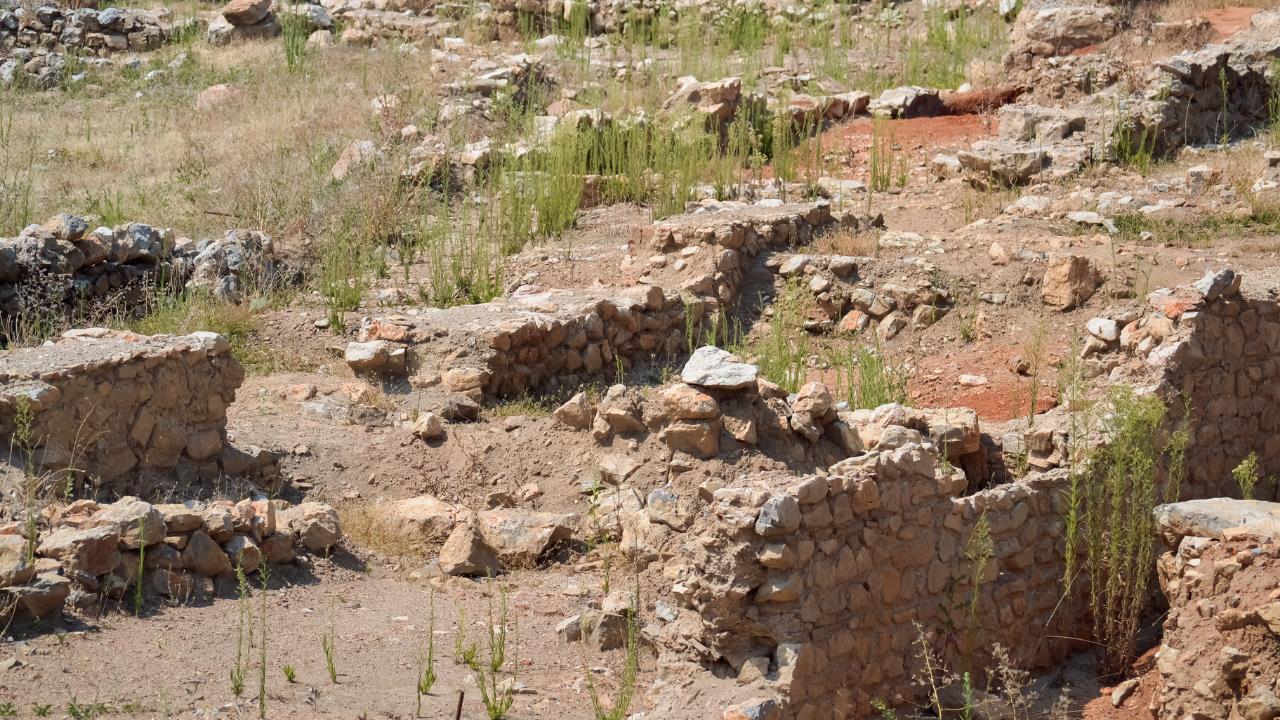
Unveiling Secrets of the Past: An Insider's Guide on How to Explore Ancient Archeological Sites
You're about to embark on a thrilling journey into the past. This insider's guide arms you with the essential know-how for exploring ancient archaeological sites.
You'll delve into site histories, immerse yourself in local cultures, and decipher the significance of unearthed artifacts.
You'll also master excavation techniques while respecting site norms.
So, strap on your adventurer's hat, we're about to uncover the secrets history's been hiding.
Key Takeaways
- Research the historical timeline of the site using reliable sources
- Engage with the local culture to gain deeper insights
- Study artifacts' significance and learn about the past they represent
- Master excavation techniques to preserve the site's integrity
Researching the Site's History
Before you set foot on any archaeological site, it's essential to delve into its history to gain a thorough understanding and appreciation of its past.
Start by researching the site's historical timeline, using reliable sources to uncover significant events and periods. Identify its ancient inhabitants, their culture, and their customs. Understand the environmental changes this ancient society endured and how it affected their way of life.

Also, find out why the site was abandoned or whether it was repurposed over time. You should also examine historical maps and architectural plans, if available.
The more comprehensive your research, the more meaningful your site visit will be. Remember, you're not just visiting a site; you're stepping into a historical narrative that's centuries, if not millennia, old.
Engaging in Local Culture
In addition to your historical research, immersing yourself in the local culture can provide you with invaluable insight into the lives of the people who once inhabited the archaeological site you're exploring.
Engage in local traditions: Participate in festivals, ceremonies, and daily routines to understand the cultural practices and societal norms that have withstood the test of time.
Learn the language: Even a rudimentary understanding of the local dialect can open doors to deeper conversations with the locals and provide you with a richer understanding of the people who once lived there.
Sample local cuisine: Food often tells a story of its own, revealing the resources, agricultural practices, and trade relationships that were prevalent during the time of the inhabitants you're studying.
Understanding Artifacts' Significance
Why stop at immersing yourself in local culture when you can also delve into the material remnants of the past?

Understanding the significance of artifacts is a crucial part of exploring archaeological sites. These tangible pieces of history provide a snapshot into the lives, beliefs, and customs of those who lived long before us. Don't just look at them; study the materials, shapes, symbols, and placement.
Each artifact tells a story, and you're the detective. Consider their context, what they represent, and how they might be linked to other artifacts or structures. This deep analysis won't just enrich your experience, it'll offer you a newfound respect for the continuity and complexity of human civilization.
Mastering Excavation Techniques
With the right excavation techniques, you'll uncover the mysteries of the past more effectively and responsibly. Here's a look into three crucial steps to master:
- Site Preparation: You must start by identifying the site's boundaries. Use stakes and strings to mark them. A carefully prepared site ensures that you don't miss any artifacts.
- Layer by Layer Excavation: Don't rush. Unearth each layer systematically. This protects the site's integrity and provides a clear timeline of the civilization you're studying.
- Artifact Preservation: Once unearthed, artifacts need immediate care. Careful cleaning and proper storage are vital to prevent damage or deterioration.
Respecting Site Norms and Guidelines
As an explorer, you'll need to understand and adhere to site norms and guidelines to protect these invaluable pieces of our shared history. These rules aren't mere suggestions; they're crucial for preserving the integrity of ancient sites. Breaking them may lead to irreversible damage, destroying clues about our past.
Carefully observe signage and listen to on-site experts. They'll guide your actions, from where you can step to how to handle artifacts. They're not just being pedantic. Erosion, contamination, or simple wear and tear can quickly ruin ancient sites. If you're unsure, ask. Better to seem overly cautious than risk damaging a priceless relic.
Conclusion
Exploring ancient archaeological sites isn't just about digging up old artifacts. It's about understanding the site's history, immersing yourself in local culture, and respecting the site's norms and guidelines.
Mastering excavation techniques aids in uncovering the true significance of artifacts. As you delve deeper, you'll uncover secrets of the past, providing a profound connection to our shared human heritage.

So, grab your tools, start exploring, and let the ancient world reveal its mysteries to you.
 Backyard GrillingWeekend WarriorsAdvice from DadBeard GroomingTV Shows for Guys4x4 Off-Road CarsMens FashionSports NewsAncient Archeology World NewsPrivacy PolicyTerms And Conditions
Backyard GrillingWeekend WarriorsAdvice from DadBeard GroomingTV Shows for Guys4x4 Off-Road CarsMens FashionSports NewsAncient Archeology World NewsPrivacy PolicyTerms And Conditions
